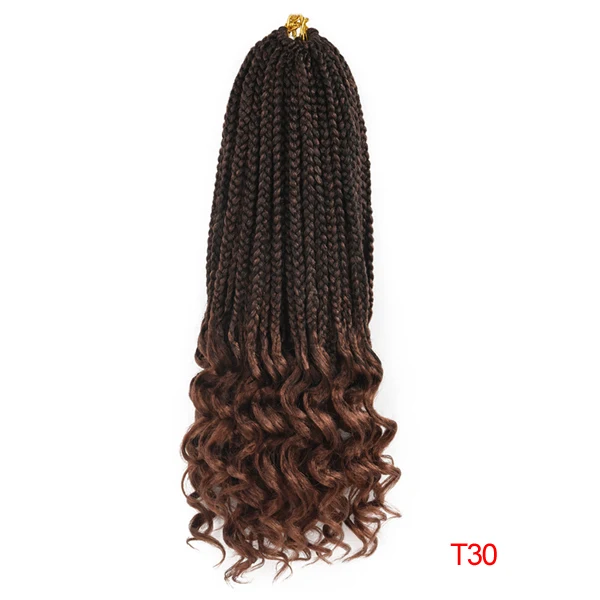

If the line lay is off, you will see bunching at the bottom or the top of the spool. This is generally not too much of an issue with most modern fixed spools as they are calibrated to ensure you achieve even line lay when using the reel. However, small sticky points become incredibly annoying at low speeds and can interfere with how you work a lure.Įven line lay is also crucial for smooth casting and avoiding wind knots and tangles, especially when using braid.

These will only be felt at slow speeds and will not be an issue when cranking the handle very fast. The best way to test a reel's smoothness is to turn the handle very slowly feeling for any slight sticking points. Any sticking points can become greatly accentuated when reeling slowly and can become very frustrating. The key features of an LRF reel are the smoothness of operation, line lay and the drag system.įirstly, smoothness of reeling is a critical feature for retrieving line, especially on slow retrieves. The goal is to make sure it feels comfortable to you when you're using the rod, and it's easy to use for the type of fishing you're doing. Sometimes depending on your fishing style, it is beneficial to have the rod either slightly heavier at the tip to help with the tip down approach or heavier at the butt, enabling tip-up methods such as on the drop fishing. When it comes to balancing a reel with the rod, then it can differ, but it is not necessarily a balance that has to be where the rod sits in a straight line when held at the rod grip. In this situation, a 2000 or 2500 size reel would suit. Those of us who use our LRF gear to target larger fish, fish areas that require longer casts such as open beaches or using metals, might be fishing with heavier line. Having a smaller spool size will enable the line to sit better on the spool and not have too much of a gap between the spool lip and the line on the spool. Likewise, this goes for those that choose a very fine diameter line such as a PE0.3. Which of these sizes you choose is influenced by where you perceive you will use the reel and what your preferred line is likely to be.įor instance, if your LRF fishing is mainly down harbour walls and for mini species, then a smaller spool sized reel is best. As a rule, the best LRF reel sizes to use range from a 500 to a 2500 size. As LRF rods are generally so light, it makes sense to find a lightweight reel to match. When choosing a reel to complement your rod, the first thing to think of is how it balances when attached to the rod. When it comes to reels, there are a few considerations you need to think about to pick the right size for the rod you're using and the type of LRF fishing you're doing.
#7 strand fill the gap braid how to
We've already covered what LRF is and how to choose the right rod. In this third part of my LRF fishing series, I will look how to choose the right LRF reel and which lines to load it with. In the third part of Jake Schogler's LRF series, Jake talks about how to choose the right LRF Reel and looks at mainlines and leaders.


 0 kommentar(er)
0 kommentar(er)
